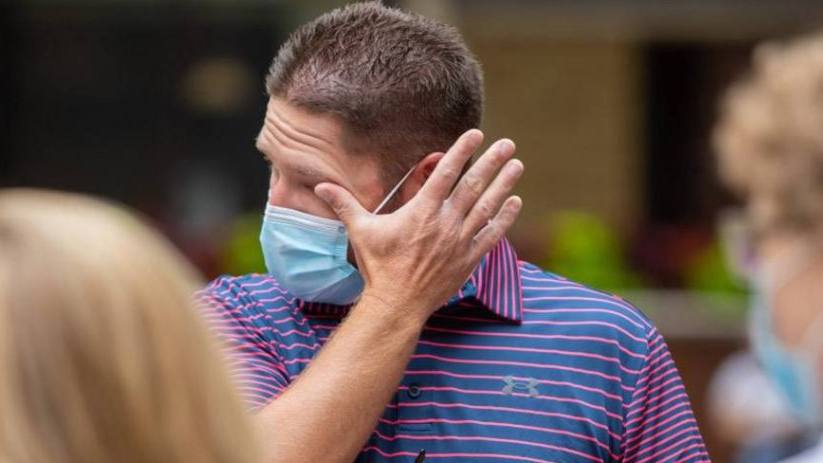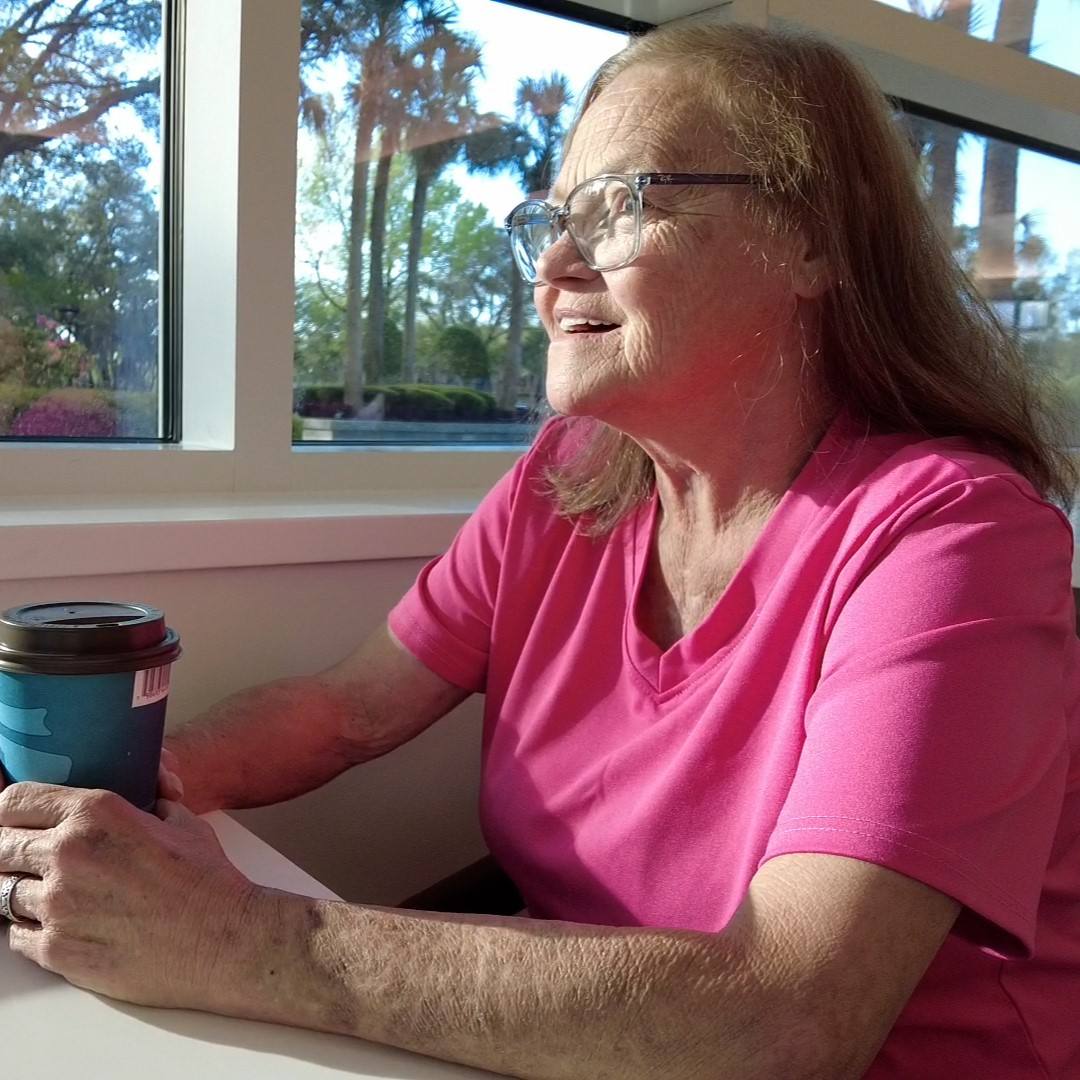
It was a special day for the Ryans: the 25th anniversary of Jay’s heart transplant. It's an anniversary the family usually marks privately. But this year, the significance of the milestone demanded something more.
__________________________
Jay Ryan had a hunch something was up when his wife, Sarah, asked him to step things up in the shirt department.
It was a special day for the Ryans: the 25th anniversary of Jay's heart transplant. It's an anniversary the family usually marks privately. But this year, the significance of the milestone demanded something more.
So, on a sunny August morning, Sarah brought Jay — looking dapper — to the courtyard of Mayo Clinic Hospital, Saint Marys Campus, where the family typically gathers to mark Jay's transplant anniversary. This year, friends and members of his care team were also there to surprise him. They'd all come to celebrate a life that nearly ended 25 years ago.
It's a journey Jay believes it's good to remember but not dwell on.
"Everyone has a story," Jay says. "Transplant is ours."
Mysterious virus
The Ryans' transplant story began the summer after their first year of college. The longtime friends, who grew up on the same street in Northfield, Minnesota, had just begun dating.
It was June 1996. Jay had taken a camping trip to the Boundary Waters and came back with what he thought was a cold. Within days, however, he was coughing up blood. His doctor thought the healthy 19-year-old athlete, who played catcher for the St. Cloud State University Huskies, had bronchitis. But despite treatment, the coughing continued.
A trip to the ER would reveal the true cause: Jay's heart had swollen to three times its normal size. An ambulance rushed him to United Hospital in St. Paul, where he was diagnosed with acute heart failure brought on by a virus.
"They never identified the virus that got to my heart," Jay says. "They suspect I picked something up in the Boundary Waters."
Doctors told Jay he was facing one of three outcomes: His condition could quickly worsen, and he'd need a heart transplant. His condition could stabilize, and he'd live with congestive heart failure. Or the condition could reverse itself.
Jay headed to Mayo Clinic for a second opinion. There, cardiologist Brooks Edwards, M.D., confirmed Jay's worst fears: He was going to need a heart transplant. And soon.
Over the next several days, Jay underwent testing to prepare for the lifesaving surgery. Then, he headed back to Northfield to wait for the call that a compatible heart was available.
Read the rest of Jay's story on In the Loop.







